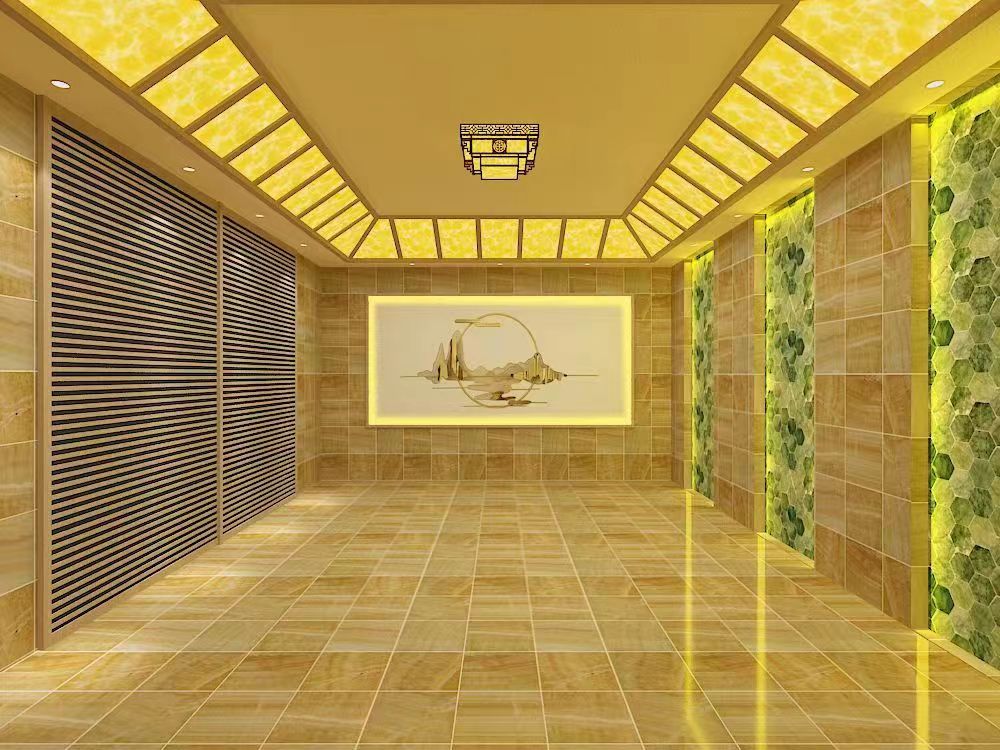
In the pursuit of creating more comfortable and functional spaces, the quest for better sweat room materials that provide enhanced insulation for noise reduction has become an area of interest. Sweat rooms, whether in a fitness center, a spa, or a home setting, can benefit greatly from materials that not only maintain the right temperature and humidity but also minimize noise intrusion.
Sweat rooms are often places where people seek relaxation and focus. However, the noise from equipment, people moving around, or even external sources can disrupt this tranquility. Reducing noise in a sweat room can enhance the overall experience, allowing users to unwind more effectively and concentrate on their workouts or relaxation routines. It can also contribute to a more pleasant environment for those who may be sensitive to noise.
Traditional materials used in sweat rooms for insulation include fiberglass and mineral wool. These materials have been used for their thermal insulation properties. However, when it comes to noise reduction, they have some limitations. Fiberglass, for example, can be effective to a certain extent, but it may not provide the level of soundproofing needed in a modern sweat room environment. It can also be itchy and difficult to handle during installation. Mineral wool is another option, but it may not have the best acoustic performance and can be relatively heavy, making installation more challenging in some cases.
The walls and ceilings of sweat rooms are typically made of materials like tiles or panels. While these may look aesthetically pleasing and be suitable for withstanding the moisture and heat in a sweat room, they often do not offer sufficient noise insulation. Tiles, in particular, can be quite reflective of sound, rather than absorbing it, which can lead to a more echoey environment.
New types of soundproof foams have emerged as potential solutions for sweat room insulation. These foams are designed to absorb sound waves effectively. They are often made of polyurethane or other advanced polymer materials. Some advantages of these foams include their high sound absorption coefficient, which means they can significantly reduce the amount of noise that passes through. They are also relatively lightweight, making them easier to install compared to some traditional heavy insulation materials. Additionally, they can be customized in terms of thickness and shape to fit different sweat room designs.
Acoustic panels made from materials like recycled cotton or special composites are becoming popular. These panels not only provide good noise reduction but also contribute to a more sustainable building approach. Recycled cotton panels, for instance, are environmentally friendly and have good sound-absorbing properties. They can be installed on walls and ceilings to reduce the reverberation of sound in the sweat room. Special composite acoustic panels may combine different materials to offer both thermal and acoustic insulation, which is ideal for a sweat room where maintaining the right temperature is also crucial.
Noise-reducing membranes are another innovation in the field. These membranes can be applied to walls or between layers of construction materials. They work by damping sound vibrations and preventing them from traveling through the structure. Some membranes are made of rubber or other flexible materials that are designed to be durable and effective in reducing noise. They can be a valuable addition to a sweat room's construction, especially when combined with other insulation materials for a comprehensive noise reduction solution.
Installing these new materials in a sweat room may present some challenges. For example, soundproof foams and acoustic panels need to be properly adhered or mounted to ensure they stay in place in the humid environment of a sweat room. Special adhesives or mounting systems may be required to withstand the moisture and heat. Noise-reducing membranes also need to be installed correctly to be effective, and this may require some technical expertise.
It's essential to ensure that the new materials are compatible with the sweat room's conditions. They should be able to resist moisture, heat, and any chemicals used for cleaning or disinfecting. Materials that are prone to degradation or damage in a humid and warm environment may not be suitable for long-term use in a sweat room. Additionally, the aesthetics of the materials should also be considered to maintain an appealing look in the space.
The cost of these new materials can vary. Soundproof foams, acoustic panels, and noise-reducing membranes may have different price ranges depending on their quality and features. While the initial investment may be higher compared to some traditional materials, the long-term benefits in terms of improved noise reduction and user experience may justify the cost. It's important to weigh the cost against the expected performance and durability when choosing the right materials for a sweat room.

